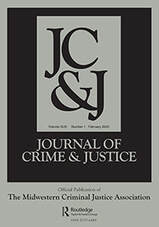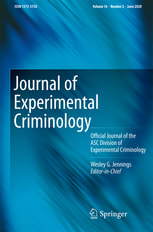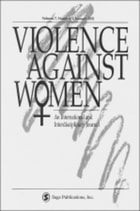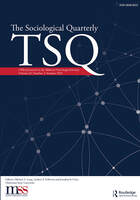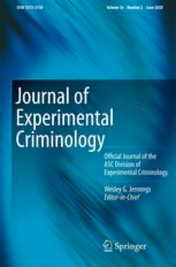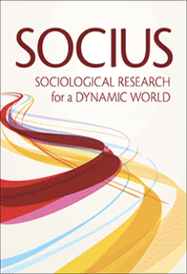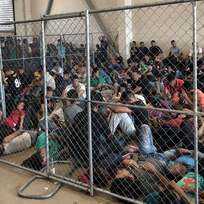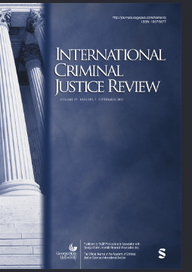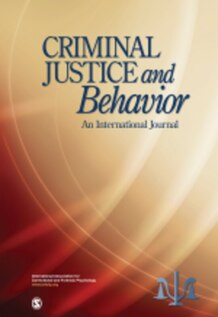Social sources of crime (mis)perceptions
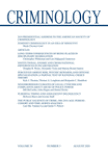
Is crime salience a reflection of the crime rate, or manipulated by political rhetoric and media coverage of crime?
My coauthors and I use time series and hierarchical age-period-cohort (HAPC) analyses to investigate if the public salience of crime reflects the crime rate, or is manipulated by the political rhetoric and media coverage of crime. We find that crime salience varies mostly at the period level; crime salience trends are parallel across demographic, socioeconomic, and partisan groups; and crime salience trends within every population subgroup the crime rate does not exert a significant effect. This first-authored paper has been published in Criminology.
My coauthors and I use time series and hierarchical age-period-cohort (HAPC) analyses to investigate if the public salience of crime reflects the crime rate, or is manipulated by the political rhetoric and media coverage of crime. We find that crime salience varies mostly at the period level; crime salience trends are parallel across demographic, socioeconomic, and partisan groups; and crime salience trends within every population subgroup the crime rate does not exert a significant effect. This first-authored paper has been published in Criminology.
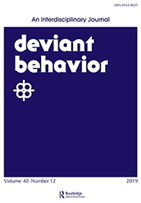
Does media consumption cause the public to believe that crime is always worsening?
My coauthors and I have evaluated the longstanding claim that media is responsible for the public's misunderstanding that the crime rate is always increasing. We use ordinary least squares, fixed effects, and dynamic panel models to analyze data from the American National Election Studies. We find that online news consumption is not related to crime trend perceptions in any of these models. Although newspaper and TV news consumption are related to crime trend perceptions in pooled OLS models, the relationship is nonsignificant in other models. The results question the cultivation effect of media that has been shown from previous sectional studies. This first-authored paper has been published in Deviant Behavior.
My coauthors and I have evaluated the longstanding claim that media is responsible for the public's misunderstanding that the crime rate is always increasing. We use ordinary least squares, fixed effects, and dynamic panel models to analyze data from the American National Election Studies. We find that online news consumption is not related to crime trend perceptions in any of these models. Although newspaper and TV news consumption are related to crime trend perceptions in pooled OLS models, the relationship is nonsignificant in other models. The results question the cultivation effect of media that has been shown from previous sectional studies. This first-authored paper has been published in Deviant Behavior.
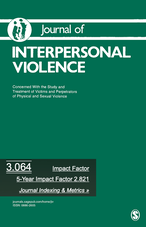
What is the relationship between media consumption and international students' fear of crime?
International students bring in multifold benefits to the education host countries. Fear of crime may harm the students' mental and physical health and undermine their educational achievements. Drawing on an original sample of 398 international students in the U.S., I find that international students are more fearful in the U.S. than in their home countries. Results from structural equation models (SEM) suggest that attention paid to crime news is positively related to fear in the U.S., through perceived victimization risk. Exposure to non-U.S. social media (e.g., WeChat and Weibo) is positively related to respondents’ fear of crime, whereas exposure to U.S. social media (e.g., Facebook and Twitter) is not related to fear of crime. This sole-authored paper has been published in the Journal of Interpersonal Violence.
International students bring in multifold benefits to the education host countries. Fear of crime may harm the students' mental and physical health and undermine their educational achievements. Drawing on an original sample of 398 international students in the U.S., I find that international students are more fearful in the U.S. than in their home countries. Results from structural equation models (SEM) suggest that attention paid to crime news is positively related to fear in the U.S., through perceived victimization risk. Exposure to non-U.S. social media (e.g., WeChat and Weibo) is positively related to respondents’ fear of crime, whereas exposure to U.S. social media (e.g., Facebook and Twitter) is not related to fear of crime. This sole-authored paper has been published in the Journal of Interpersonal Violence.
